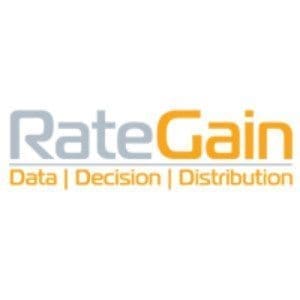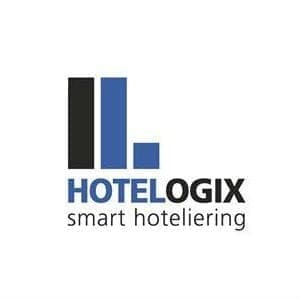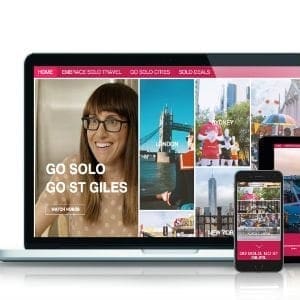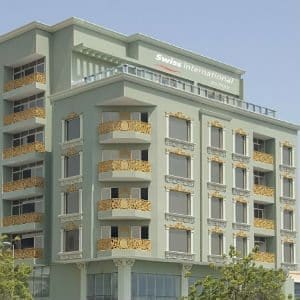Although this property has increased their occupancy, guest scores are down, especially for housekeeping. It appears that housekeeping is not keeping up with the added occupancy. Guests are reporting unclean rooms upon arrival, and the added work seems to be affecting staff morale.
Comparing occupancy with guest satisfaction is a simple and effective approach to ensure that management is handling changing occupancy and delivering a consistent guest experience.
– See more at: http://corp.marketmetrix.com/the-horror-occupancy-climbs-and-satisfaction-declines/#sthash.JupC82dz.dpuf
What happens to guest satisfaction as occupancy climbs? Higher occupancy means more money. But it can also mean more work for staff. When not planned for, high occupancy can push facilities and processes to capacity limits, and guests notice. Guest satisfaction can be in jeopardy if management fails to make adjustments to meet the added demand.
If guest ratings decline as occupancy rises, the culprit is likely to be insufficient staffing or other missteps that impact the guest experience. If satisfaction increases with higher occupancy, of course that's great, but it is worth understanding how this feat was accomplished. If satisfaction simply remains flat, despite heavier traffic, then management should be applauded for maintaining the quality of the guest experience.
Applying this logic can reveal actionable issues to prevent or reverse lower satisfaction scores. Let's look at the results (above) for a sample company with 10 hotels. All 10 properties have increased occupancy from the prior period, but some hotels have not maintained the customer experience and their guest scores have slipped.
Properties with growing occupancy but declining guest satisfaction are the biggest concern. Here is a sample analysis of one of these properties.
Although this property has increased their occupancy, guest scores are down, especially for housekeeping. It appears that housekeeping is not keeping up with the added occupancy. Guests are reporting unclean rooms upon arrival, and the added work seems to be affecting staff morale.
Comparing occupancy with guest satisfaction is a simple and effective approach to ensure that management is handling changing occupancy and delivering a consistent guest experience.
Dr. Barsky, co-founder of Market Metrix and Executive Committee member, is a professor of marketing at University of San Francisco's School of Business and Management.
Source: Market Metrix
What happens to guest satisfaction as occupancy climbs? Higher occupancy means more money. But it can also mean more work for staff. When not planned for, high occupancy can push facilities and processes to capacity limits, and guests notice. Guest satisfaction can be in jeopardy if management fails to make adjustments to meet the added demand.
If guest ratings decline as occupancy rises, the culprit is likely to be insufficient staffing or other missteps that impact the guest experience. If satisfaction increases with higher occupancy, of course that’s great, but it is worth understanding how this feat was accomplished. If satisfaction simply remains flat, despite heavier traffic, then management should be applauded for maintaining the quality of the guest experience.

Applying this logic can reveal actionable issues to prevent or reverse lower satisfaction scores. Let’s look at the results (above) for a sample company with 10 hotels. All 10 properties have increased occupancy from the prior period, but some hotels have not maintained the customer experience and their guest scores have slipped.
Properties with growing occupancy but declining guest satisfaction are the biggest concern. Here is a sample analysis of one of these properties.

Although this property has increased their occupancy, guest scores are down, especially for housekeeping. It appears that housekeeping is not keeping up with the added occupancy. Guests are reporting unclean rooms upon arrival, and the added work seems to be affecting staff morale.
Comparing occupancy with guest satisfaction is a simple and effective approach to ensure that management is handling changing occupancy and delivering a consistent guest experience.
– See more at: http://corp.marketmetrix.com/the-horror-occupancy-climbs-and-satisfaction-declines/#sthash.JupC82dz.dpuf
– See more at: http://corp.marketmetrix.com/the-horror-occupancy-climbs-and-satisfaction-declines/#sthash.5OedDRvE.dpuf
What happens to guest satisfaction as occupancy climbs? Higher occupancy means more money. But it can also mean more work for staff. When not planned for, high occupancy can push facilities and processes to capacity limits, and guests notice. Guest satisfaction can be in jeopardy if management fails to make adjustments to meet the added demand.
If guest ratings decline as occupancy rises, the culprit is likely to be insufficient staffing or other missteps that impact the guest experience. If satisfaction increases with higher occupancy, of course that’s great, but it is worth understanding how this feat was accomplished. If satisfaction simply remains flat, despite heavier traffic, then management should be applauded for maintaining the quality of the guest experience.

Applying this logic can reveal actionable issues to prevent or reverse lower satisfaction scores. Let’s look at the results (above) for a sample company with 10 hotels. All 10 properties have increased occupancy from the prior period, but some hotels have not maintained the customer experience and their guest scores have slipped.
Properties with growing occupancy but declining guest satisfaction are the biggest concern. Here is a sample analysis of one of these properties.

Although this property has increased their occupancy, guest scores are down, especially for housekeeping. It appears that housekeeping is not keeping up with the added occupancy. Guests are reporting unclean rooms upon arrival, and the added work seems to be affecting staff morale.
Comparing occupancy with guest satisfaction is a simple and effective approach to ensure that management is handling changing occupancy and delivering a consistent guest experience.
– See more at: http://corp.marketmetrix.com/the-horror-occupancy-climbs-and-satisfaction-declines/#sthash.JupC82dz.dpuf
What happens to guest satisfaction as occupancy climbs? Higher occupancy means more money. But it can also mean more work for staff. When not planned for, high occupancy can push facilities and processes to capacity limits, and guests notice. Guest satisfaction can be in jeopardy if management fails to make adjustments to meet the added demand.
If guest ratings decline as occupancy rises, the culprit is likely to be insufficient staffing or other missteps that impact the guest experience. If satisfaction increases with higher occupancy, of course that’s great, but it is worth understanding how this feat was accomplished. If satisfaction simply remains flat, despite heavier traffic, then management should be applauded for maintaining the quality of the guest experience.

Applying this logic can reveal actionable issues to prevent or reverse lower satisfaction scores. Let’s look at the results (above) for a sample company with 10 hotels. All 10 properties have increased occupancy from the prior period, but some hotels have not maintained the customer experience and their guest scores have slipped.
Properties with growing occupancy but declining guest satisfaction are the biggest concern. Here is a sample analysis of one of these properties.

Although this property has increased their occupancy, guest scores are down, especially for housekeeping. It appears that housekeeping is not keeping up with the added occupancy. Guests are reporting unclean rooms upon arrival, and the added work seems to be affecting staff morale.
Comparing occupancy with guest satisfaction is a simple and effective approach to ensure that management is handling changing occupancy and delivering a consistent guest experience.
– See more at: http://corp.marketmetrix.com/the-horror-occupancy-climbs-and-satisfaction-declines/#sthash.JupC82dz.dpuf















